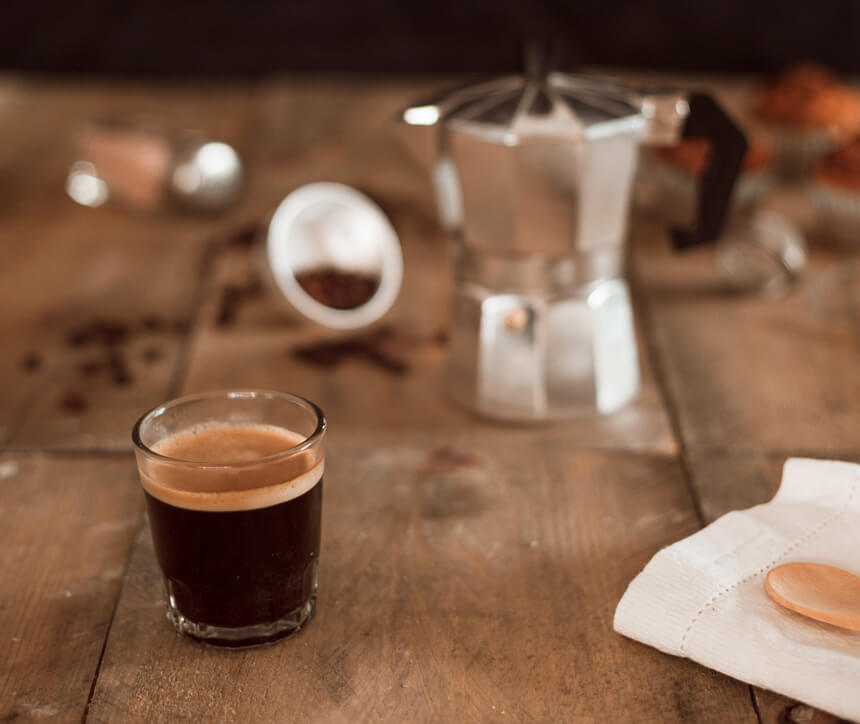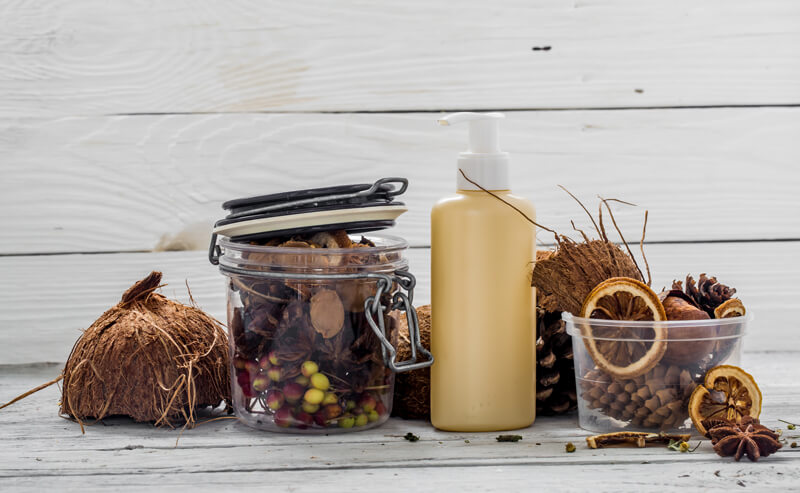Espresso is the foundation of many beloved coffee drinks—whether it’s a cappuccino, latte, or an Americano. Brewing the perfect espresso at home can be a daunting task, but with the right equipment, technique, and a little bit of knowledge, you can easily craft barista-quality espresso in your own kitchen. In this guide, we’ll break down the steps to make the perfect espresso at home, as well as provide expert tips from professional baristas to help you achieve that rich, smooth, and full-bodied shot every time.
What You Need to Brew the Perfect Espresso at Home
Before diving into the brewing process, let’s first take a look at the essential tools and ingredients you’ll need to brew the perfect espresso at home:
- 1. Espresso Machine:
An espresso machine is the centerpiece of your setup. There are various types, ranging from manual machines to fully automated ones. Some popular brands include Breville, Rancilio, and La Marzocco. If you’re serious about espresso, investing in a machine with a high-quality portafilter and adjustable pressure is key. - 2. Coffee Beans:
For the perfect espresso, choose high-quality, freshly roasted coffee beans. Ideally, the beans should be roasted within the last two weeks. Arabica beans are generally favored for espresso due to their smooth and nuanced flavors, but feel free to explore blends or single-origin beans to suit your taste. - 3. Grinder:
A burr grinder is essential for consistently ground coffee. Espresso requires a fine, uniform grind. Avoid blade grinders, as they can produce inconsistent particle sizes, leading to poor extraction. Invest in a high-quality burr grinder that allows you to adjust the grind size based on your espresso machine’s requirements. - 4. Tamper:
A tamper is used to compress the ground coffee into the portafilter. A good tamper ensures even extraction by applying uniform pressure. Ensure the tamper fits the portafilter properly to avoid uneven tamping. - 5. Filtered Water:
Since espresso is made up of mostly water, using filtered water is crucial to prevent any off-flavors from tap water. The water should be clean, fresh, and at the right temperature (around 195°F to 205°F or 90°C to 96°C) for optimal extraction. - 6. Scale:
A coffee scale is useful for measuring both the coffee and water for precision. Consistency is key in espresso, so measuring the exact amounts can make all the difference.

Step-by-Step Guide to Brewing the Perfect Espresso
Now that you have your equipment and ingredients ready, let’s go through the step-by-step process of brewing espresso at home:
- 1. Choose the Right Coffee Beans
Your coffee beans play a crucial role in the final taste of your espresso. For a balanced and flavorful shot, select freshly roasted beans that suit your personal preference. Dark roasts are often used in espresso for their deep, bold flavors, but medium roasts can offer more complexity and brightness. Consider experimenting with different roasts to find the one you enjoy the most.
Barista Tip: Always grind the beans just before brewing to preserve their freshness. If you use pre-ground coffee, the flavors can deteriorate quickly. - 2. Grind the Coffee Beans
The grind size for espresso is very fine, almost like powdered sugar. The exact grind size will depend on your machine, but the general rule is that it should feel like table salt to the touch. The grind size is crucial because it affects the water flow and extraction time.
Barista Tip: Aim for around 18 to 20 grams of coffee for a double shot of espresso. If the espresso flows too quickly, try a finer grind; if it’s too slow, try a coarser grind. - 3. Preheat the Espresso Machine and Portafilter
Before brewing, preheat your espresso machine and portafilter. This ensures that your coffee stays at the right temperature during extraction. Simply run hot water through the portafilter or brew a shot of water through the machine to warm everything up.
Barista Tip: A heated portafilter helps maintain the stability of the brewing temperature, which is key to achieving consistent extractions. - 4. Dose the Coffee into the Portafilter
Using your scale, measure out the right amount of coffee—usually 18-20 grams for a double shot. Place the portafilter on your scale and dose the coffee directly into it. Distribute the grounds evenly across the portafilter to ensure a uniform extraction. - 5. Tamp the Coffee Evenly
Once the coffee is dosed, it’s time to tamp. Hold your tamper firmly and apply consistent pressure to evenly compress the grounds. A good tamp is essential for even extraction. Aim for around 30 pounds of pressure when tamping.
Barista Tip: A level tamp is critical. Uneven tamping can cause uneven water flow, leading to bitter or under-extracted coffee. - 6. Brew the Espresso
Lock the portafilter into the espresso machine and start the brewing process. Your machine should begin to extract the coffee after a few seconds, and you should see a steady flow of espresso. A good shot of espresso takes around 25-30 seconds to extract. If it’s too fast or slow, adjust your grind size or tamping pressure.
Barista Tip: The first few drops of espresso should be dark and rich, followed by a steady stream of golden brown liquid. The shot should have a nice crema (the golden, foamy layer on top), which is a sign of a well-pulled shot. - 7. Enjoy Your Perfect Espresso
Once your espresso is brewed, you can enjoy it as-is or use it as the base for other coffee drinks, like lattes or cappuccinos. Taste the espresso; it should be smooth, rich, and full of flavor. If it tastes too bitter or sour, you may need to adjust your grind size, dosage, or brewing time.
Barista Tip: Enjoy your espresso immediately after brewing to experience the full range of flavors. Espresso doesn’t age well!

With the right equipment, fresh beans, and a little bit of practice, brewing the perfect espresso at home is entirely possible. Whether you’re a coffee enthusiast or just getting started, following these barista tips will help you create a rich, smooth espresso every time. Experiment with grind sizes, dosages, and tamping techniques to find the perfect shot that suits your taste.
The key to a perfect espresso is consistency, so don’t get discouraged if your first few shots aren’t perfect. Keep practicing, and soon you’ll be brewing barista-quality espresso at home!
Discover More Cafés
April 18, 2025
Coffee isn't just for sipping on its own—when paired with the right foods ...
April 27, 2025
Learn how to make homemade coffee syrups and flavorings with simple ingredi ...
May 10, 2025
Discover the most Instagram-worthy cafes in Dubai that offer beautiful deco ...
April 28, 2025
Explore the top 5 cafes in Naples offering the best coffee and cake pairing ...
May 1, 2025
Ever wondered how your favorite coffee is made? Learn about the journey fro ...




